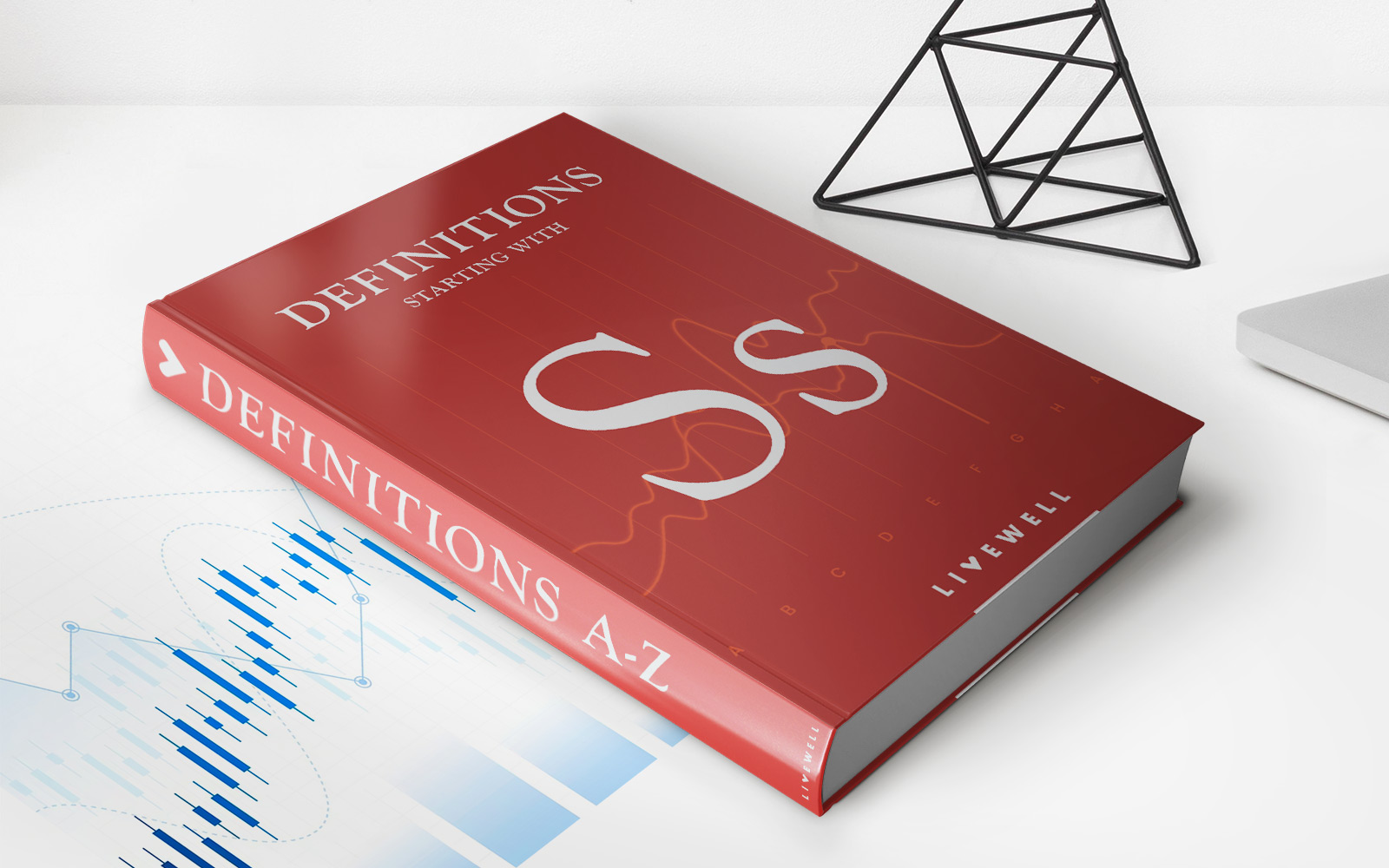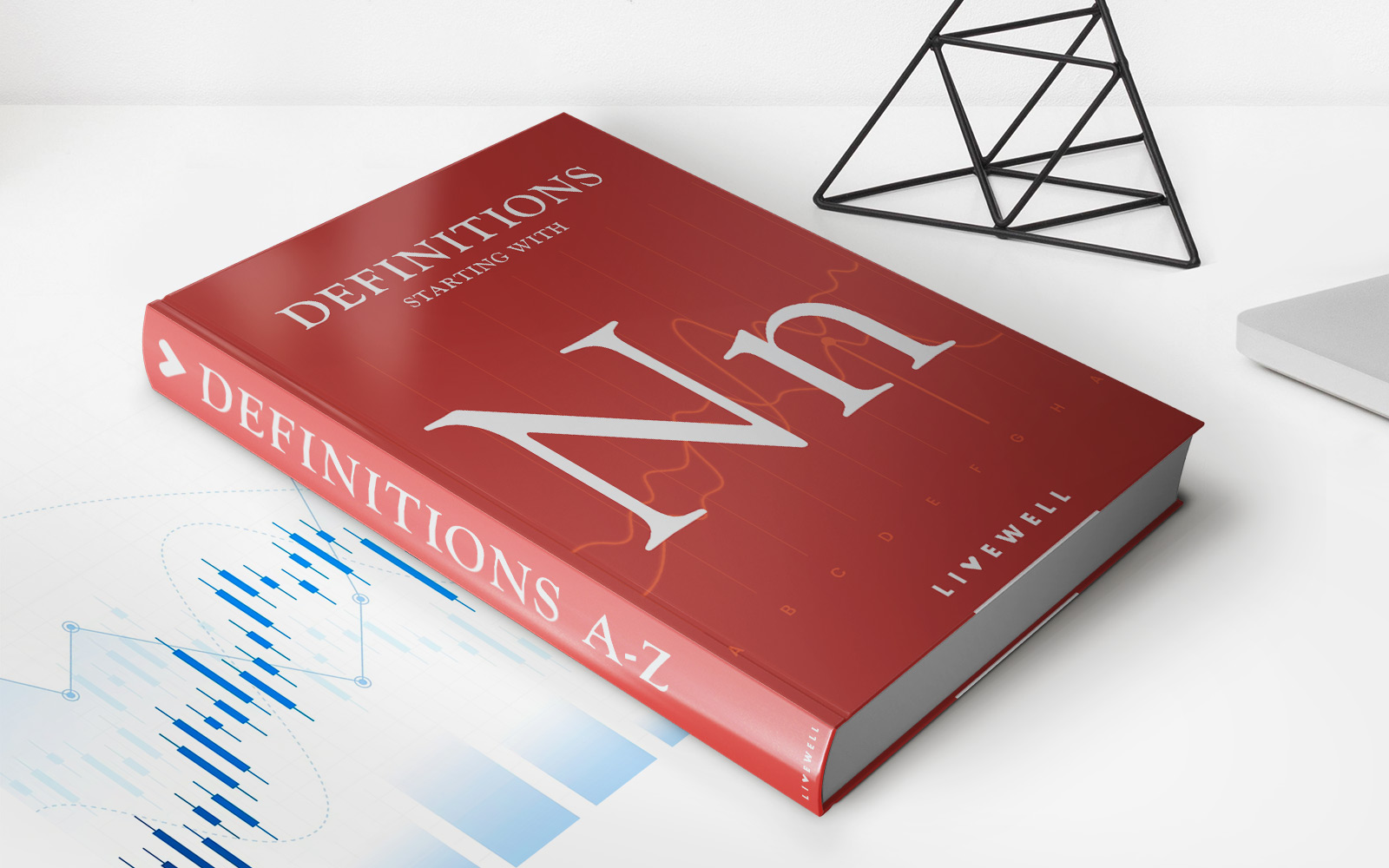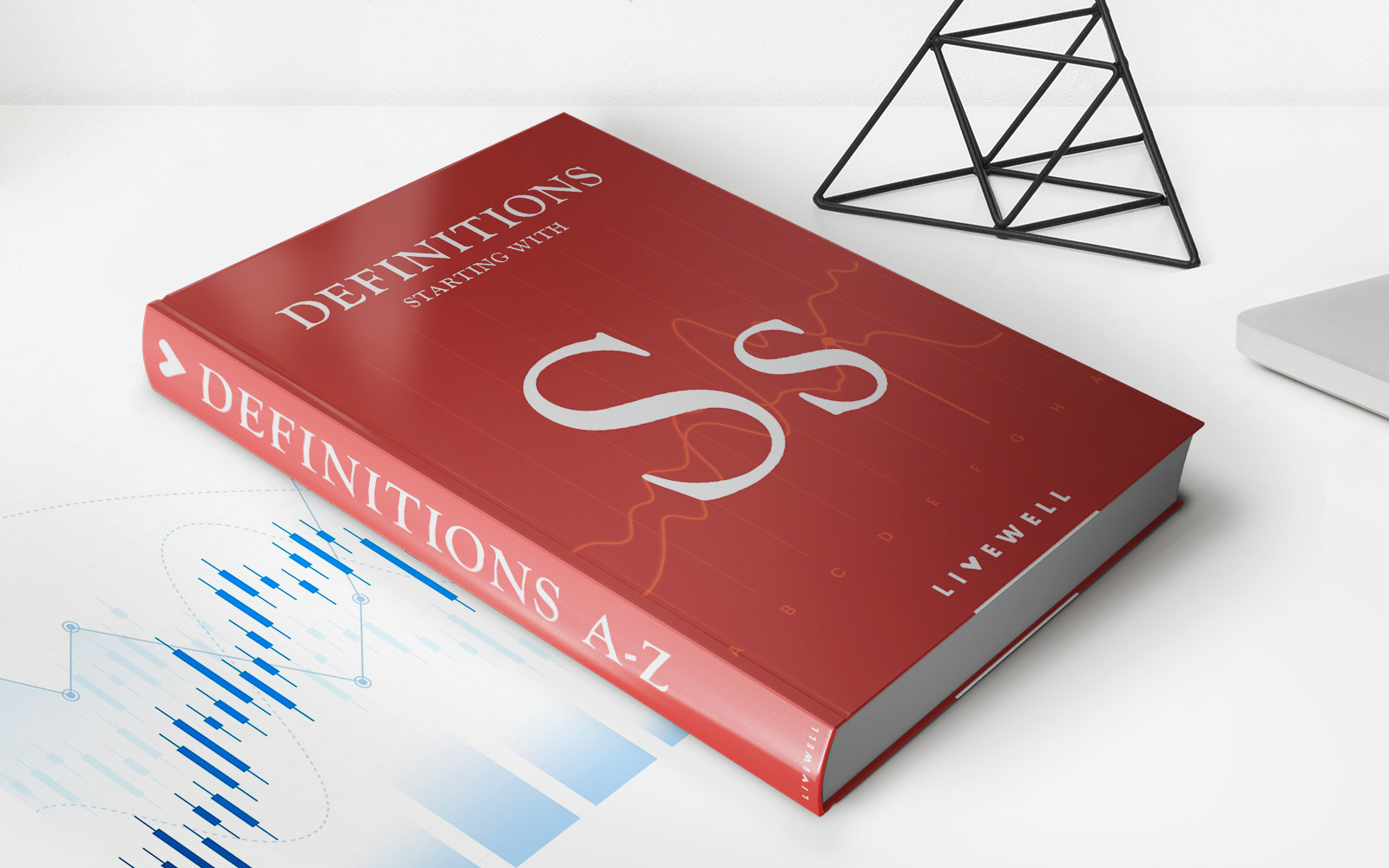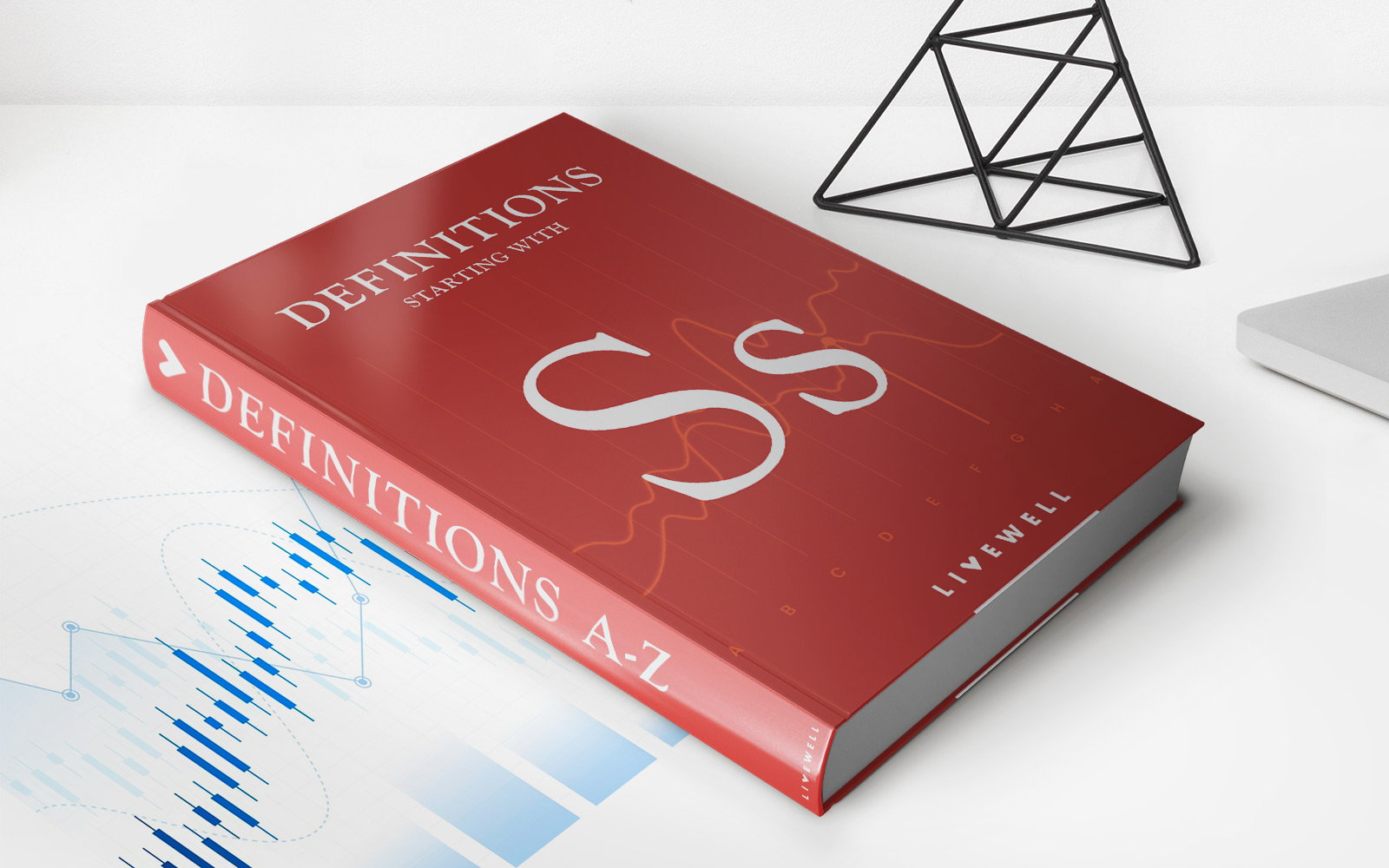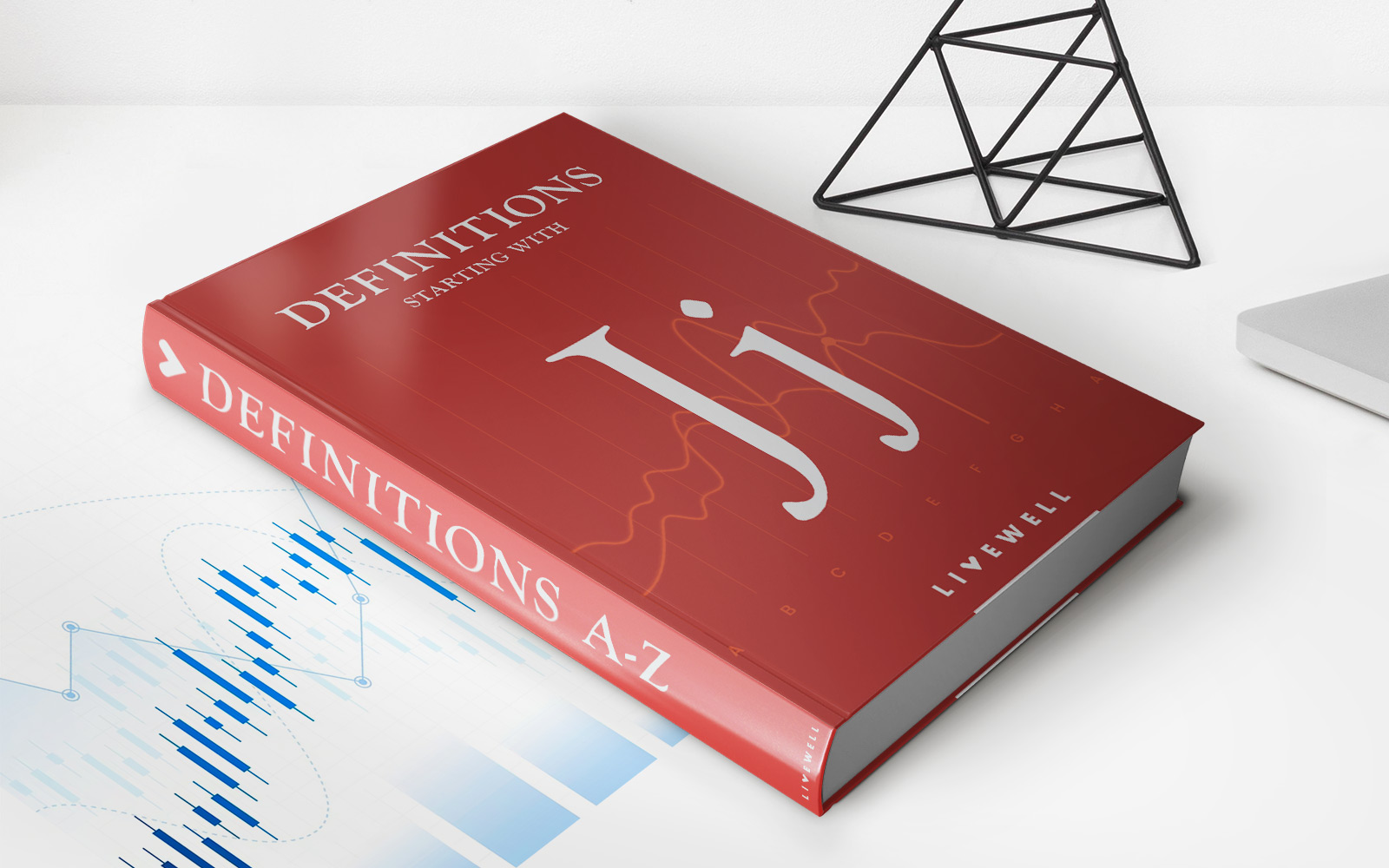Home>Finance>Weather Derivative: Definition, How It Works, Types & Examples


Finance
Weather Derivative: Definition, How It Works, Types & Examples
Published: February 17, 2024
Learn about weather derivatives in finance, including their definition, how they work, and various types and examples. Understand the role of weather derivatives in managing financial risk.
(Many of the links in this article redirect to a specific reviewed product. Your purchase of these products through affiliate links helps to generate commission for LiveWell, at no extra cost. Learn more)
Weather Derivative: Definition, How It Works, Types & Examples
Welcome to another informative blog post in our FINANCE category! Today, we are diving into the world of weather derivatives, a fascinating financial instrument that offers protection against the uncertainties of weather conditions. Have you ever wondered how businesses and individuals hedge their risks tied to weather? Well, you’re in the right place! In this article, we will explore the definition, working mechanism, different types, and provide you with real-life examples of weather derivatives. So, let’s get started!
Key Takeaways:
- Weather derivatives are financial instruments that allow individuals and businesses to protect themselves against the financial risks caused by variations in weather conditions.
- These derivatives are typically based on pre-defined weather indices, such as temperature, rainfall, or snowfall, and function similarly to other types of derivatives like options or futures.
What are Weather Derivatives?
Before we delve into the intricate workings of weather derivatives, let’s define what they truly are. Weather derivatives are financial contracts that derive their value from the occurrence or severity of specific weather conditions. They enable businesses and individuals to offset potential losses or gain financial compensation when adverse or favorable weather conditions occur.
How Do Weather Derivatives Work?
Weather derivatives involve two parties: the buyer, who seeks protection against weather risks, and the seller, who assumes the risk in exchange for a premium. Here’s a breakdown of the general process:
- The buyer and seller agree on a specific weather index, such as the average temperature during a particular month or the amount of rainfall within a specific region.
- A contract is then drawn up, specifying the agreed-upon weather conditions, duration, and settlement terms.
- If the specified weather condition is met, the buyer receives a payout from the seller. The payout amount is determined by the contract’s terms and the actual weather measurements.
- If the weather condition is not met, the buyer loses the premium paid for the contract.
Types of Weather Derivatives
Weather derivatives can be structured in various ways to meet the specific needs of different industries and individuals. Some common types of weather derivatives include:
- Temperature Derivatives: These are the most popular and widely traded weather derivatives. They provide protection or compensation based on deviations from a specified temperature threshold.
- Rainfall Derivatives: Rainfall derivatives primarily benefit industries like agriculture, where excessive or inadequate rainfall can significantly impact crop yield.
- Snowfall Derivatives: This type of derivative offers protection against the snowfall levels or the lack thereof. It is particularly useful for businesses dependent on snowfall, such as ski resorts.
- Other Weather Derivatives: Apart from temperature, rainfall, and snowfall, there are derivatives tied to wind speed, humidity, frost, and other weather-related variables.
Examples of Weather Derivatives
Real-life examples help illustrate the practical applications of weather derivatives. Here are a few:
- A ski resort purchases a snowfall derivative, which compensates them if the total snowfall during the winter season falls below a predetermined threshold.
- An energy company buys a temperature derivative to hedge against potential revenue losses in case of milder-than-average winter temperatures, reducing the demand for heating.
- A farmer purchases a rainfall derivative to minimize the financial impact of a drought. If the rainfall during a specified period falls below a certain level, the derivative pays out, helping to cover any crop losses.
Weather derivatives have found applications across a wide range of industries, spanning agriculture, energy, tourism, and construction, among others. These instruments offer valuable protection against the unpredictable nature of weather, empowering businesses and individuals to navigate through uncertain conditions.
We hope this article has shed some light on weather derivatives, their working mechanism, different types, and real-world examples. Remember, knowledge is power when it comes to managing financial risks, so stay informed and explore the various tools available to mitigate uncertainties!
If you have any questions or need further clarification, feel free to reach out to us. Until then, stay tuned for more exciting posts in our FINANCE category!
